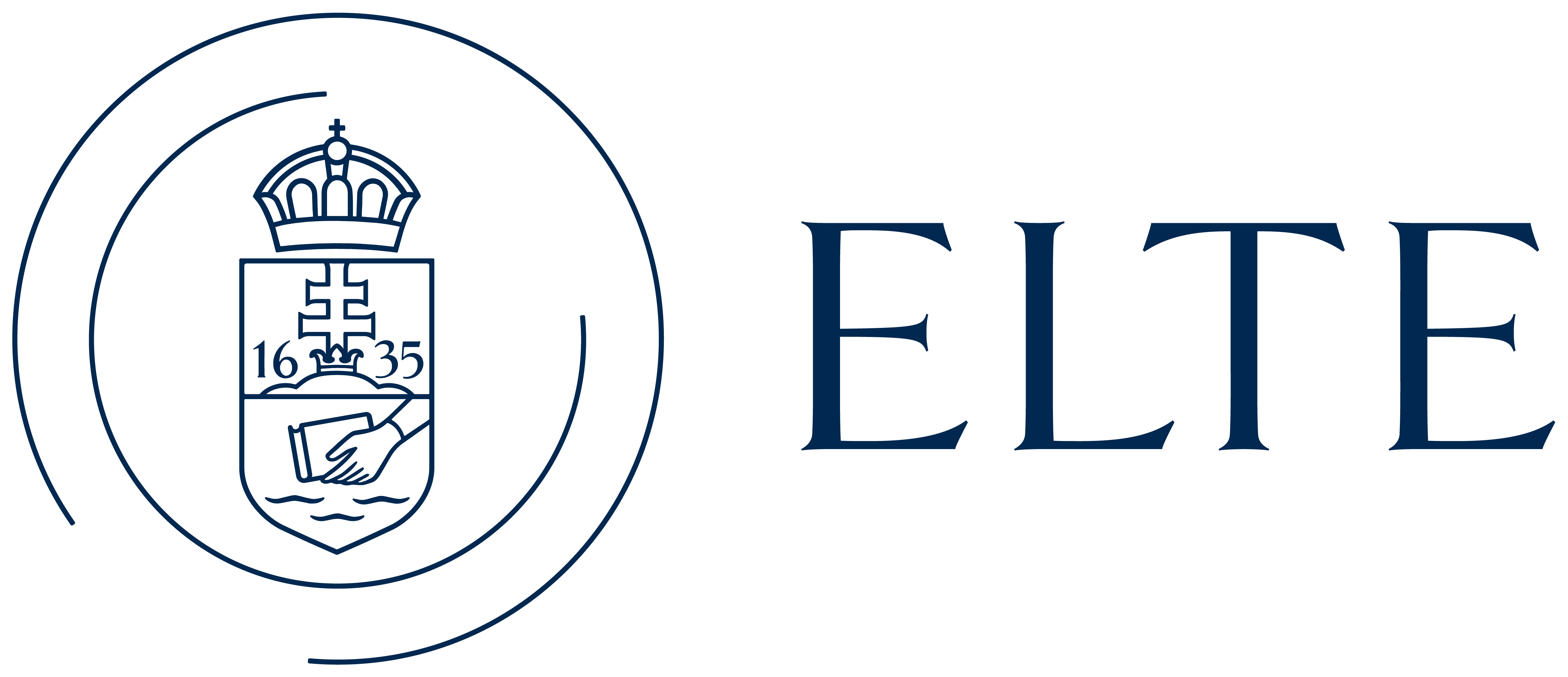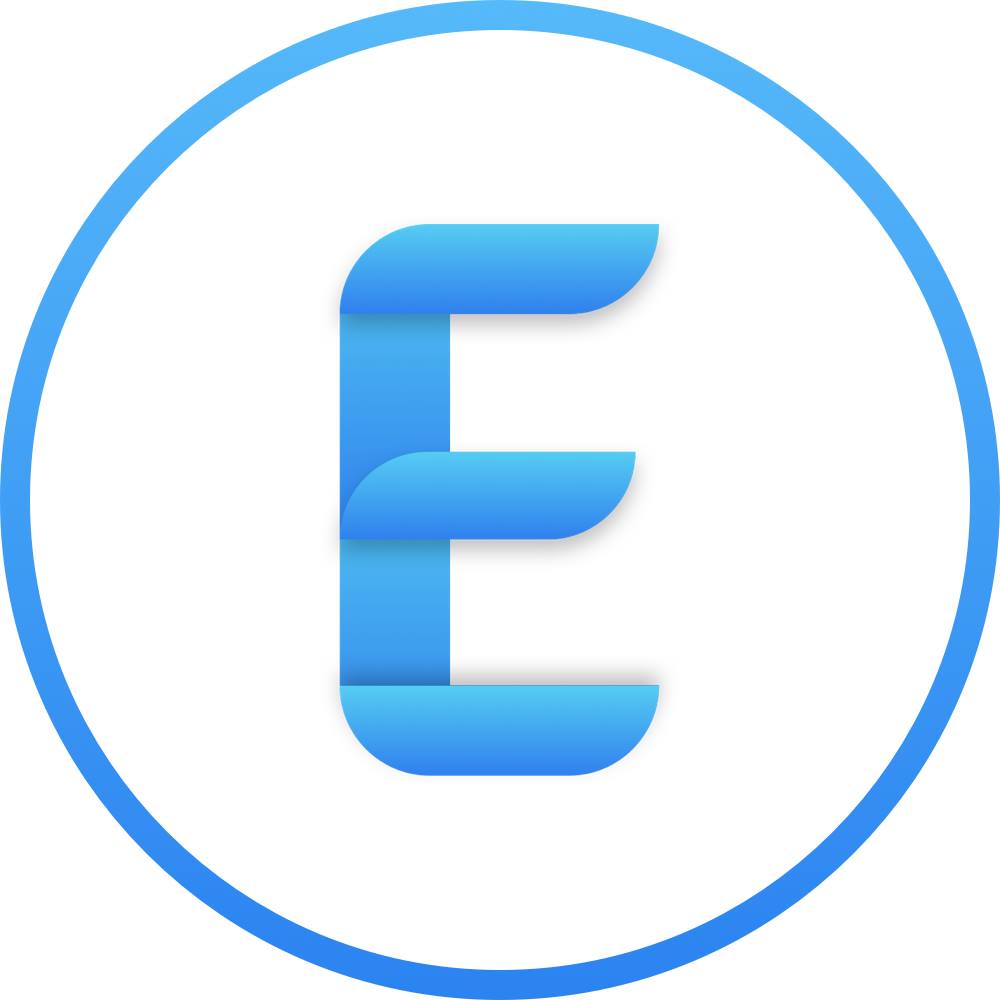EIT Digital partner collaborations
In 2021, the National Research, Development, and Innovation Office (NKFIH) called for proposals to support Hungarian participation in KIC associations. A three-member consortium led by the EIT Digital Hungarian department secured the maximum support of 130 million HUF.
The two additional partners in the collaboration are Eötvös Loránd University (ELTE) and Budapest University of Technology and Economics (BME). These institutions have developed and executed numerous innovation and education programs over the past decade within the framework of EIT Digital.
The educational component of the successful proposal includes master’s and doctoral level training that provides business, market, financial, and management knowledge to help students prepare to bring their research and business ideas to market and implement them within start-up frameworks.
Collaboration with Entremo
The startup Entremowas established with the support of four partners: ELTE, ELTE-Soft, Moha-net Zrt., and Innotraktor.
The developers are employed by ELTE and its software technology training and development centre, ELTE-Soft Nonprofit Kft., which is coordinating the grant application. Moha-net Zrt. specializes in electronic device manufacturing and IoT device development, while the Dutch Innotraktor, an expert in IoT software, assisted with the software solutions for the user interface. During the grant period, the partners collaborated to develop the product and technology.
The product created through this collaboration is a wristband that can be attached to patients and measures four parameters: body temperature, pulse, respiratory rate, and oxygen saturation. The data is transmitted in real-time to an interface at the nurse’s station. This allows doctors and nurses to view all patient measurements simultaneously, saving time that would otherwise be spent by healthcare staff on parameter collection.

